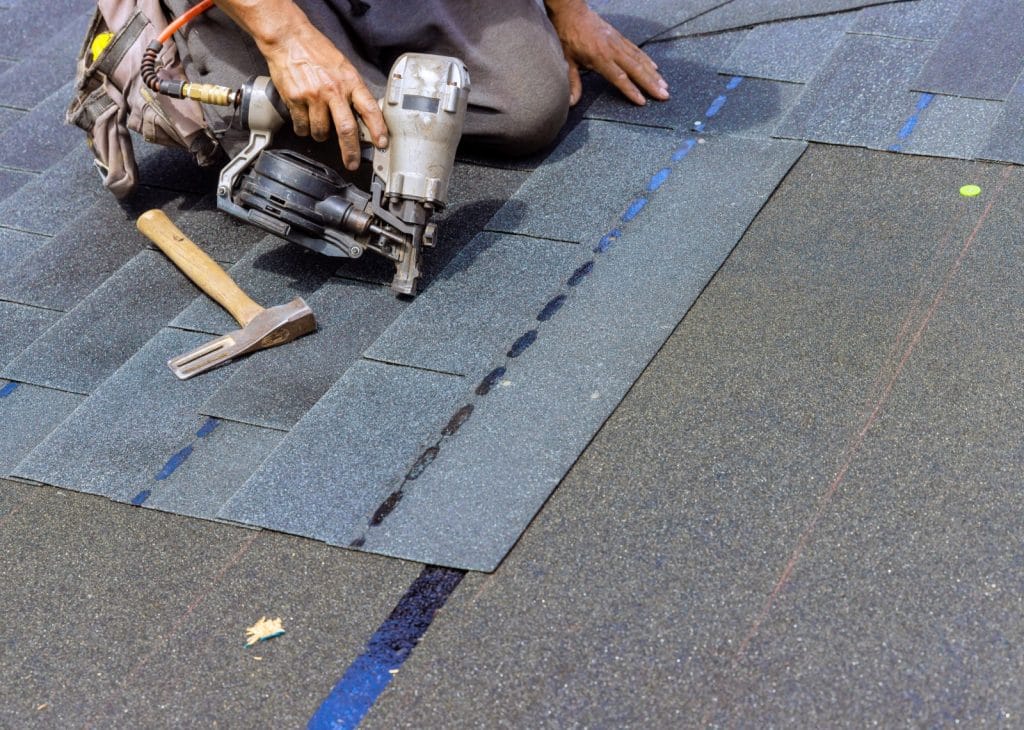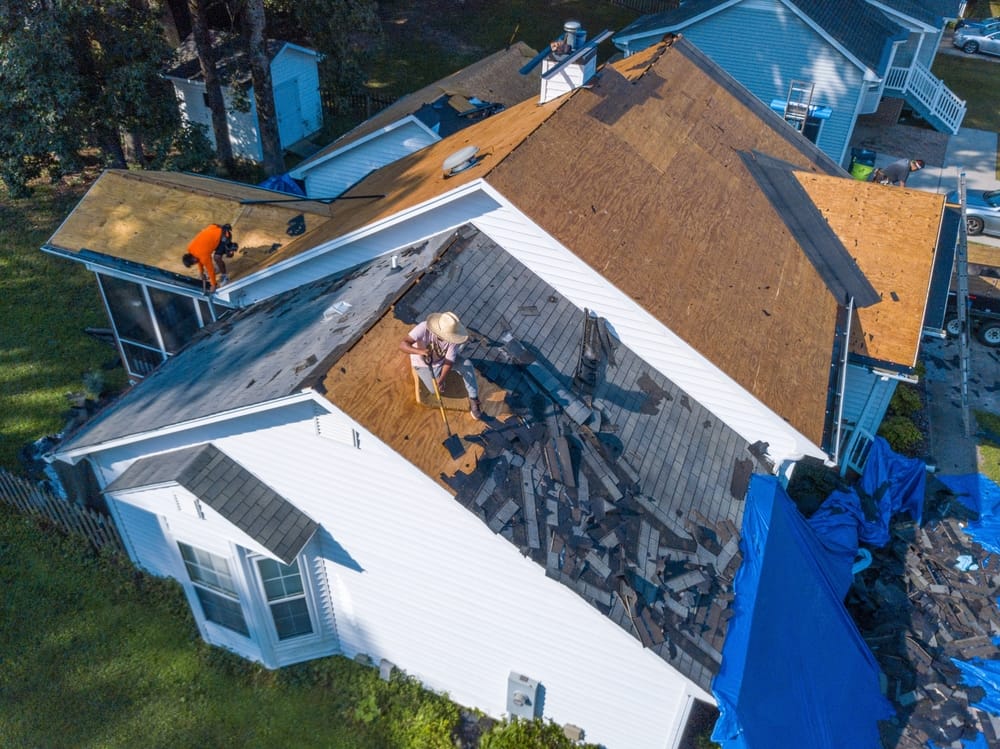Frequent Issues Uncovered During Roof Inspections and How to Address Them

Spotting and Solving Common Roofing Problems in Denver
Common roofing problems are a reality for homeowners in Denver, where unpredictable weather can take a toll on your roof’s durability. From hail and snow to high UV exposure, your roof faces unique challenges that make regular inspections essential. Knowing what to look for can help you address issues early and avoid costly repairs. This guide explores the most frequent problems found during roof inspections, provides solutions for each, and includes a practical roof inspection checklist to help you keep your roof in top shape year-round.
Common Roofing Problems in Denver Homes
Understanding the most common roofing issues in Denver helps homeowners protect their investments proactively. Below are frequent problems uncovered during roof inspections, with detailed solutions to address each one.
Damaged or Missing Shingles
Shingles play a crucial role in protecting your roof from water infiltration and weather damage. Denver’s unpredictable climate—including extreme temperature swings, high winds, hail, and heavy snowfall—can lead to cracked, curled, or completely missing shingles. These weather events make your roof vulnerable to leaks and structural damage. Denver’s high UV exposure also breaks down shingles faster, especially asphalt shingles, which degrade under intense sunlight.
How to Address Shingle Damage
Homeowners should regularly inspect shingles for wear, particularly after major storms. If you notice damaged or missing shingles, consider replacing them immediately. High-quality materials such as impact-resistant shingles may be a wise investment in Denver, as they offer better durability against hail and extreme weather. For a comprehensive check, note the condition of shingles on all sections of your roof in your inspection checklist, documenting areas with heavy wear and tear for potential replacement.
Leaks and Water Damage
Leaks are one of the most common and concerning issues, often resulting from damaged flashing, poorly sealed vents, or worn-out shingles. Denver’s snow and ice can worsen these leaks, as melting water can seep into roof crevices, potentially leading to rot and mold.
How to Address Leaks
Inspect areas where flashing is installed, such as around chimneys, vents, and skylights, and check for cracks, gaps, or missing pieces. Damaged flashing should be replaced immediately to prevent water infiltration. A thorough attic inspection for signs of leaks or water stains can also reveal hidden problems. For your roof inspection checklist, note the location of any detected leaks, water damage signs, and areas where moisture buildup is likely to occur.
Hail and Wind Damage
Hailstorms are frequent in Denver, and high winds often accompany them. Hail can dent or even tear shingles, damaging the roof’s protective layer, while wind can dislodge shingles, cause excessive granular loss, or lift flashing. These weather events can leave subtle damage that may go unnoticed without a close inspection.
How to Address Hail and Wind Damage
After a storm, inspect the roof thoroughly, paying close attention to dents in shingles and damage to metal flashing and vents. Document any storm-related damage for insurance purposes, both to your roof and property, as it may require a professional assessment and potentially a claim for repairs. Include hail and wind damage sections in your roof inspection checklist to ensure nothing is missed.
Signs of Routine Wear and Tear on Your Roof
Even if a roof hasn’t faced severe weather, routine wear and tear can still impact its condition. Here are some additional common roofing problems and advice on addressing them.
Granule Loss
Granules on asphalt shingles protect your roof from harmful UV rays. Over time, natural aging, hail, or even debris can lead to granule loss, causing bald spots that reduce shingles’ effectiveness.
How to Address Granule Loss
If you see granules accumulating in gutters or bald patches on shingles, consult a roofing expert. Severe granule loss is an indicator of shingle deterioration. When replacing shingles, consider weather-resistant options with stronger UV protection to handle Denver’s sun exposure.
Sagging Roof Deck
A sagging roof deck may signal serious structural concerns, often caused by prolonged moisture exposure or heavy snow weight. Denver’s snow load requirements are stringent, but aging roofs may experience structural issues under the weight of ice and snow.
How to Address Sagging
If you detect any sagging areas, contact a professional roofer immediately. Structural repairs are complex and usually involve strengthening or replacing parts of the roof deck, which experienced professionals must do. Add a specific check for sagging roof sections to your inspection checklist, particularly after heavy snowfall.
Roofing Checklist: Essential Items for Inspection
Using a detailed checklist simplifies inspections and helps you systematically cover potential problem areas. Below is a comprehensive checklist that can be adapted to any Denver home.
Roof Inspection Checklist
Shingles
- Inspect for cracks, curling, or missing shingles.
- Check for bald spots or granule loss, especially after hail or storms.
Flashing and Seals
- Look for damage around chimneys, vents, and skylights.
- Ensure all flashing is intact and correctly sealed.
Gutters and Downspouts
- Clear out debris and inspect for granule accumulation.
- Ensure water flows freely and gutters are securely fastened.
Attic and Interior Signs
- Check for water stains, dampness, or daylight in the attic.
- Assess insulation for water damage.
Metal Components
- Inspect for dents, rust, or other signs of hail damage.
- Verify that flashing and caps are securely installed.
Roof Deck
- Look for sagging or structural weakness, especially after heavy snow.
Using this checklist, you can systematically inspect your roof and catch common roofing problems early, ensuring your roof remains in optimal condition.
Seasonal Roof Inspections in Denver
Different seasons bring specific challenges, so seasonal inspections are crucial for maintaining your roof in Denver. Here’s a quick guide to focus on for each season:
Spring: After winter, inspect for snow or ice damage and look for dents from hail.
Summer: High UV exposure can cause shingles to crack. Inspect for wear from sun exposure and trim overhanging branches.
Fall: Clear gutters to prepare for winter and inspect for damaged shingles that may worsen with snowfall.
Winter: Monitor for ice dams and heavy snow accumulation, as these can lead to leaks and sagging.
When to Call in the Professionals
While a DIY inspection can catch many issues, some common roofing problems require professional expertise. Here are some signs that you should call a roofing expert:
- Severe Storm Damage: Hail or wind damage often requires a professional assessment.
- Persistent Leaks: Small leaks may hide more significant issues.
- Structural Damage: Sagging or weakened areas need prompt professional repair.
A professional inspection can also provide the necessary documentation for insurance claims, and many roofing companies offer specialized inspections tailored to Denver’s climate.
Preventive Measures for a Long-Lasting Roof
In addition to regular inspections, several preventive measures can extend your roof’s life. Here are some recommendations:
- Tree Maintenance: Overhanging branches can scrape or puncture shingles. Trim branches back to prevent damage.
- Gutter Maintenance: Clogged gutters can cause water backup, leading to leaks. Clean gutters regularly, especially after the fall season.
- Timely Repairs: Address minor issues as soon as they arise to prevent them from developing into more significant problems.
- Quality Materials: For roof replacements, consider high-quality, impact-resistant materials suited to Denver’s weather conditions.
Following these preventive steps can keep your roof in excellent shape, protect against frequent issues, and minimize the need for costly repairs.
Proactive Maintenance for Your Roof’s Longevity
A well-maintained roof is crucial for Denver homeowners to withstand the area’s intense weather conditions. Using a roof inspection checklist and remaining proactive can help prevent minor issues from turning into costly repairs. Regular inspections and a maintenance routine ensure your roof is prepared for Denver’s seasonal challenges.
If you need help with inspections or repairs for common roofing problems, Bumble Roofing is here to assist, offering professional services designed for the demands of Denver’s climate. Contact us today to schedule an inspection and protect your home from the elements year-round.
Related
Articles, Roof Inspection, Roof Repair
Find Your Bumble Roofing Location
Find Your Location





